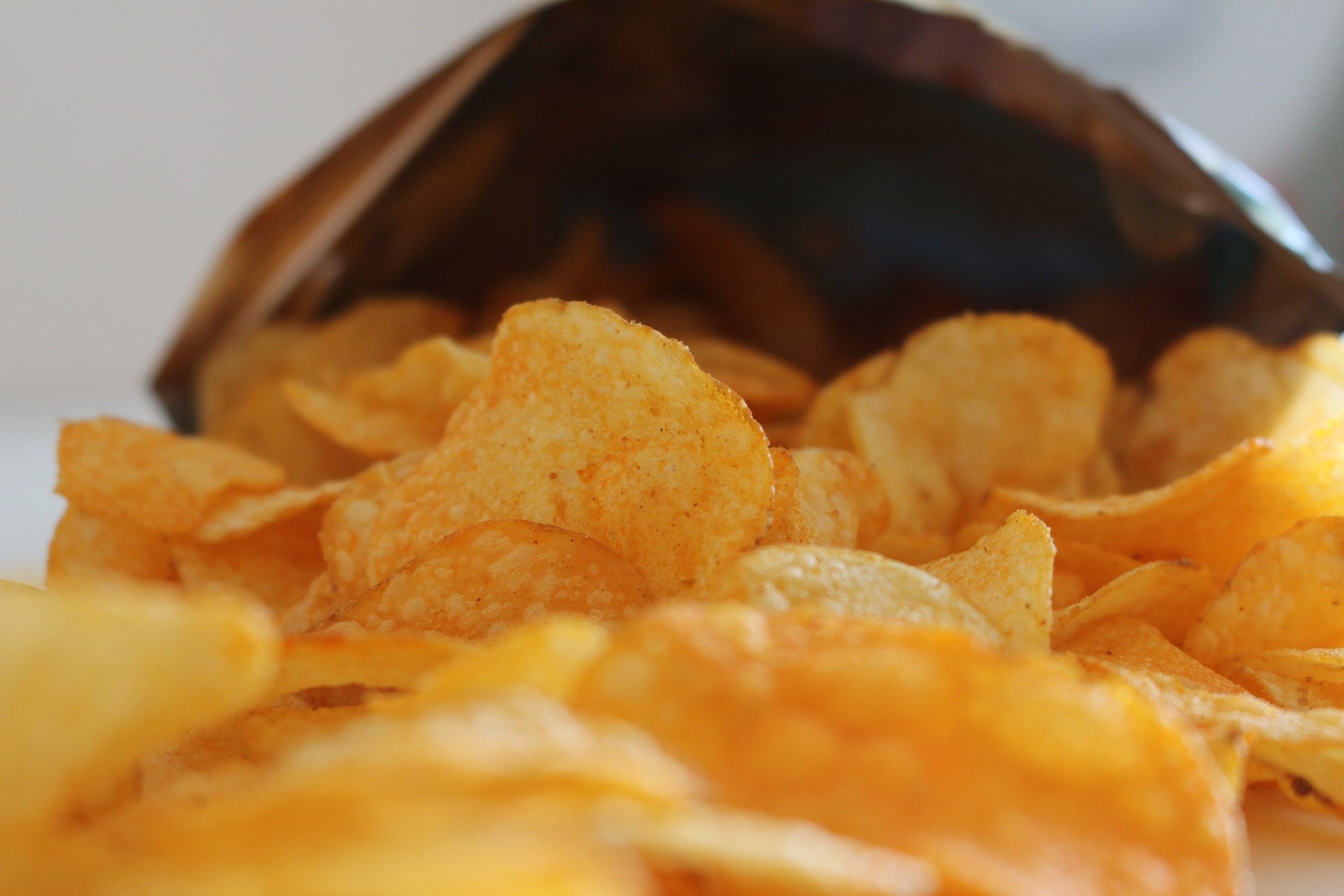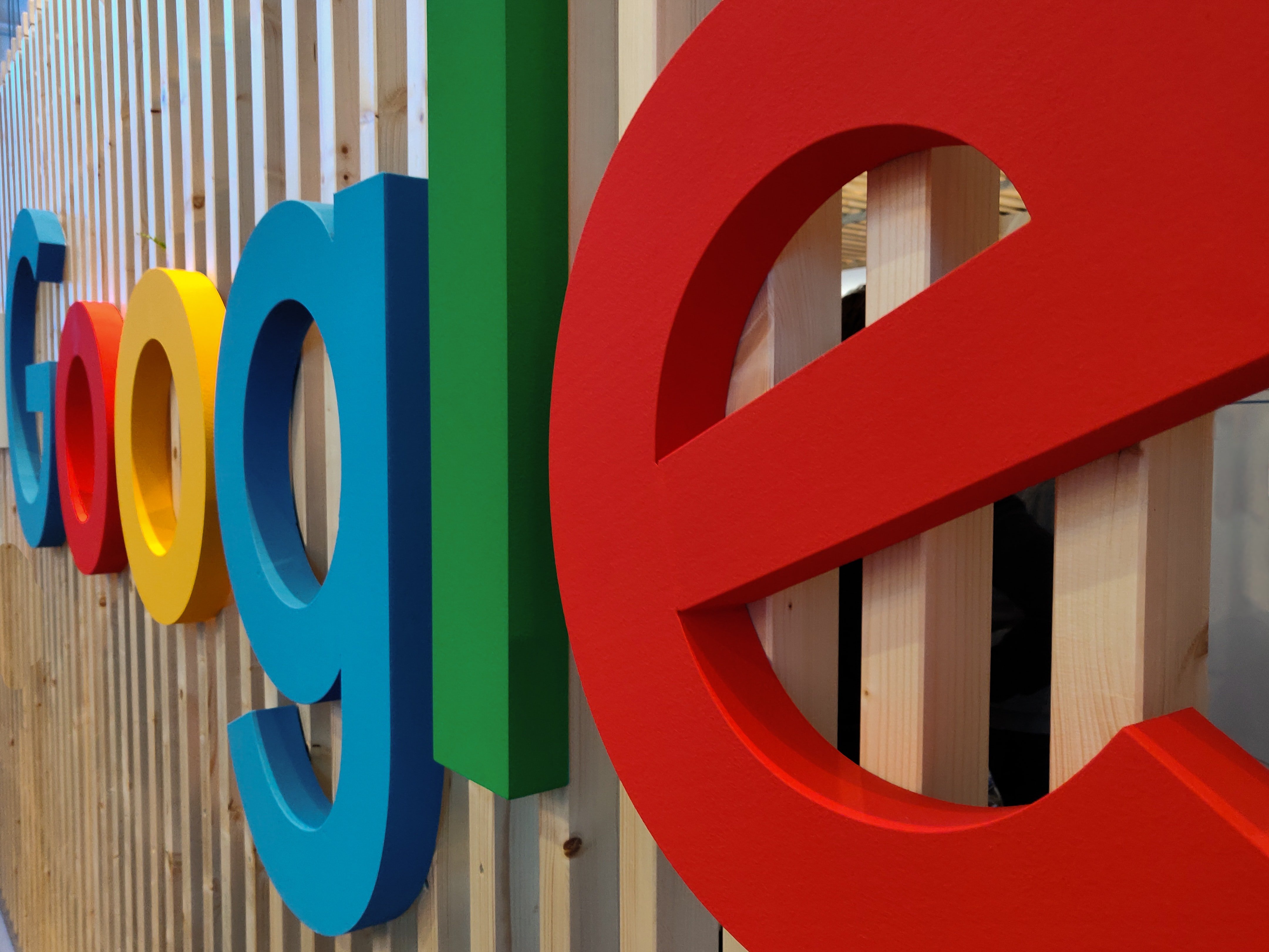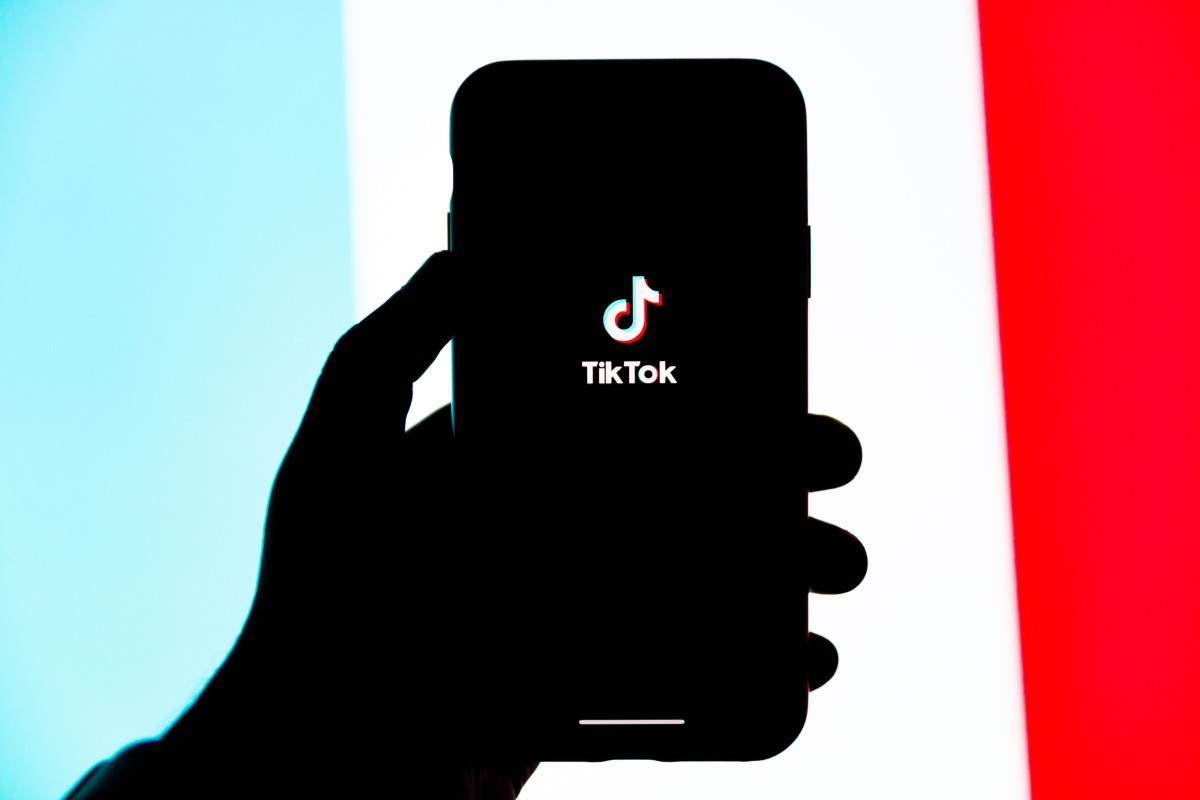2020’s top trends in food marketing regulation
WFA Senior Policy Manager, Rebecka Allén, highlights this year's top events or trends in food marketing regulation
Share this post
This year has been disruptive on many fronts and food marketing is no exception. The regulatory pressure to curb the marketing of unhealthy foods has never been higher. Here is our list of top 10 events or trends that hit food brands in 2020:

1. The pandemic
We know that children are a vulnerable consumer group. Well, this year, they were more vulnerable than ever. Kids’ screen time soared, fuelling concerns about their exposure to digital marketing and data collection practices. Food companies were accused of opportunistic marketing and undermining public health goals during the pandemic by the likes of NCD Alliance and the Global Health Advocacy Incubator, while the World Health Organization urged governments to do more to regulate food marketing to children.
2. Ad bans for adults
The pandemic also highlighted overweight and obesity as risk factors for the worst cases of Covid. It’s not only kids that are vulnerable. UK Prime Minister Boris Johnson declared war on “Big Food” after his personal brush with the virus. To the surprise of many, he proposed a complete online ban on the marketing of food and beverage products high in fat, sugar and salt (HFSS). Even to adults. If this is approved, advertising chocolate may be more restricted in the UK than advertising a bottle of gin!

3. A bag of crisps? – ID, please
We have frequently talked about the “tobacco-ization” of Big Food but in 2020 it became a reality. Two Mexican states banned the sales of HFSS foods and beverages to minors. India and Thailand may take Mexico’s lead.
4. The “Chilean model” no longer looks so bad
Chile was a pioneer in adopting warning labels, marketing to kids restrictions and banning toys and characters with certain foods. Now neighbouring countries, such as Mexico, Argentina and Colombia, are eager to go above and beyond these standards, protecting children up to the age of 18 and using ever-stricter nutrition criteria as championed by the Pan-American Health Organization (PAHO).
5. Qualitative rules don’t go far enough for key EU markets
Regulators want to go beyond content rules, such as “don’t portray snacks as meals” and “don’t use pester power”, and instead restrict the kinds of food and beverage products that can be marketed in kids’ media. This shouldn’t come as a surprise since the WHO has called on the business sector to reduce children’s exposure to marketing HFSS products for years. Companies in France, Germany and Spain in particular are under pressure to show they can change not only how they advertise to kids but what products they advertise.
6. Industry is losing the battle on age
Children may understand advertising by the age of 12, but academics and health advocates are tired of this theory of a cognitive defence being used as an excuse not to extend restrictions to also cover teens. Markets such as India, Thailand, Colombia, Argentina and Austria have all started considering increasing the age range of ‘HFSS’ advertising restrictions to everyone under 18 years old.

7. Google became a food regulator
In 2020, it’s no longer just regulators that are regulating. Two new food marketing policies were adopted by Google in 2020. The first was a complete ban on food ads around kids’ content, the second was a ban on HFSS advertising to under 18s in the EU and the UK. Google, to the surprise of many, also decided to adopt its own nutrition criteria to define ‘HFSS’.
8. Influencers under increased scrutiny
Popular child influencers made headlines in The New York Times, after an academic study pointed fingers at brands for appearing in his posts – even if there was no contract or renumeration between the brand and the influencer. US, UK and EU regulators are currently investigating this marketing channel’s impact on kids. France was the first to adopt a law specifically on the protection of influencers under the age of 16.

9. GDPR article 8 became a nightmare for platforms – and advertisers
If 2019 was the year of ‘COPPA’ enforcement in the US, with both Google and TikTok (Musically) settling FTC allegations then 2020 was the year where GDPR actions surged in in Europe. TikTok, YouTube and Instagram all faced investigations and even class actions, for alleged breaches of kids’ data provisions adopted in 2018. More than ever, children’s presence on 13+ platforms pose a reputational risk for brands engaging with younger audiences, be it in terms of content creation or ad placement.
10. Food marketing regulations became part of the sustainability agenda
Whether via the Farm to Fork strategy in the EU or the Convention Citoyenne du Climat in France, citizens are demanding that food companies change the way they produce, sell and market their products. The latest Eurobarometer shows that 79% of EU citizens agree that marketing of foods that do not contribute to healthy, sustainable diets should be restricted. This is a message not only to regulators but also to food companies.
It may not be a cheerful Christmas holiday message for many food companies, but the lesson of 2020 is loud and clear: Food advertisers must show a real commitment to protecting the most vulnerable in society – children – and more broadly start tuning into societal expectations of marketing.
Failure to take such steps will result in the proliferation of tobacco-style restrictions on food marketing around the world in 2021 and beyond.




